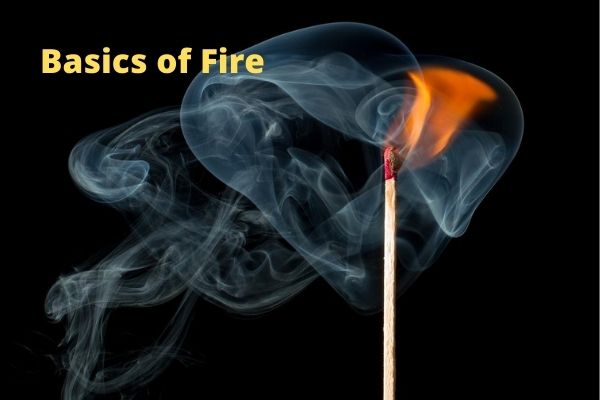Do you know fire is the 3rd biggest cause of accidental deaths in the US? Yes, that’s true!
Unfortunately, most people still ignore it. They don’t know how to deal with it because they have no idea how it works. This is where it becomes very important to know about the basics of fire. While you can easily educate yourself about fire with our extensive fire and safety courses, this post will help you learn the basics of fire. Once you understand these basic principles, you can enroll in our advanced course – Advanced Diploma in Industrial Safety.
By knowing the basic principles, you can prevent fire accidents and save the lives of many.
What is Fire and How it Starts?
Fire is a chemical reaction that involves the burning of fuel or rapid oxidation. In order to occur, it requires three main elements: oxygen, heat, and fuel.
Fire Triangle
The above-mentioned three elements make something that is known as the fire triangle. A fire occurs only when these elements are present in the proper proportions and conditions. Note that if any one of these elements is missing, fire cannot start. Let’s discuss more about the fire elements:
- OXYGEN
The air we breathe in contains 21% of oxygen. However, fire requires an environment with at least 16% of oxygen. It is one of the most important elements of fire which is always present in the atmosphere. So, to prevent a fire accident, you need to separate the remaining two fire elements.
- HEAT
Heat is the energy required to raise the temperature of the fuel to a certain point where enough vapours are released for ignition to begin. Some common examples of heat sources include fireplaces, stoves, damaged electrical wires, heating appliances, etc.
- FUEL
Fuel is any material that allows combustion. It can be in any form – solid, liquid, or gas. Most liquids and solids turn into gas before burning. Most common examples of fuels that are present in every household include furniture, clothing, flammable liquids like gasoline, cooking oil, curtains, etc.
The Fire Tetrahedron
For a long time, the concept of fire was symbolised by the triangle of combustion which included heat, oxygen, and fuel.
However, further research into this concept led to the conclusion that fire needs another fourth element to occur. This element is a chemical chain reaction, which makes a fire triangle a fire tetrahedron.
A fire tetrahedron is also known by other names such as combustion triangle, fire pyramid, or fire diamond. Each of its sides symbolises Oxygen, Heat, Chemical Chain Reaction and Fuel. When fire extinguishers are used to put the fire out, they separate one or two out of these four elements.
Fire and Flash Points
Fire point signifies the minimum temperature at which a combustible liquid starts producing vapour to ignite a flame and burn for a couple of seconds.
On the other hand, a flashpoint is a minimum temperature at which a vapour of a material ignites when supplied with an ignition source.
Generally, the fire point is 10°C more than the flash point of a volatile fluid.
So, these are a few important definitions that explain the basic concept of fire. Understanding the principles behind how a fire takes place can give you a great chance to prevent them. Alternatively, you can also enroll in our Fire and Safety courses in Satara. These courses will educate you about basic to advanced concepts of fire that will help you in preventing any such cases.

